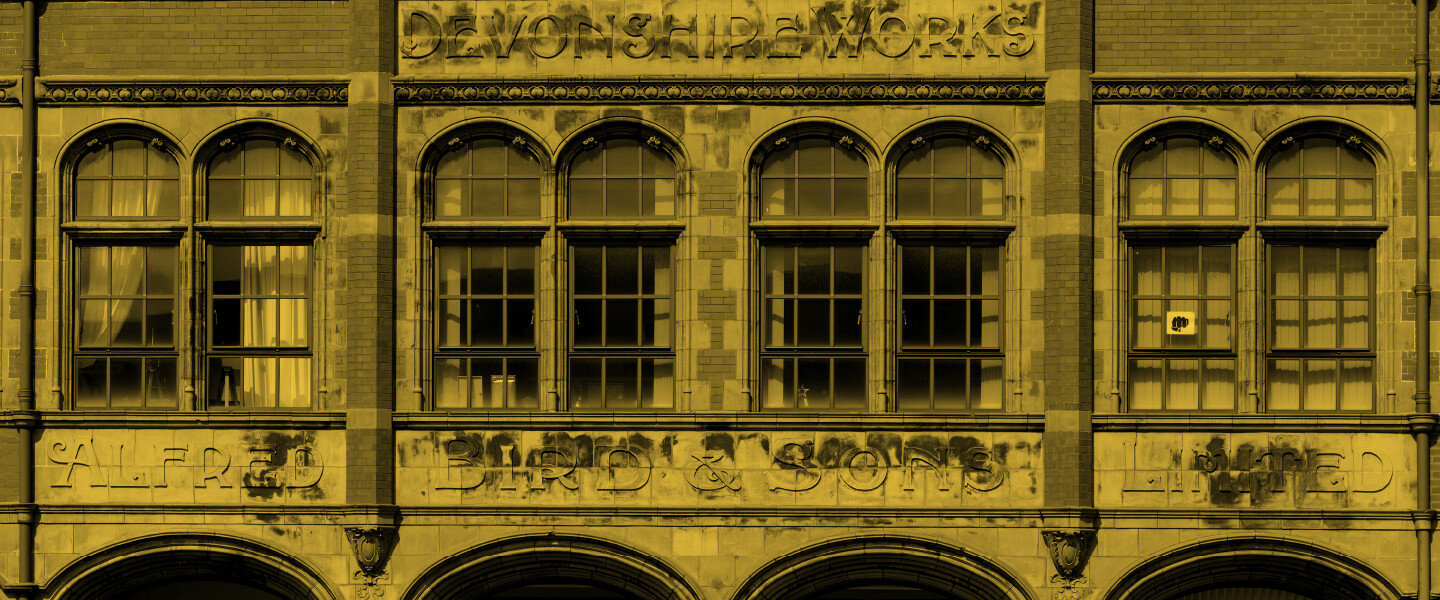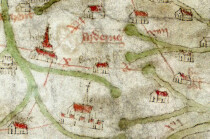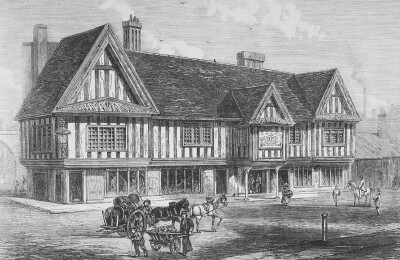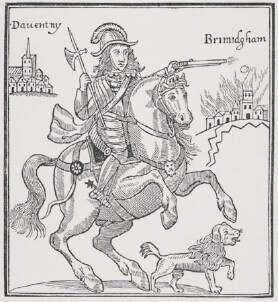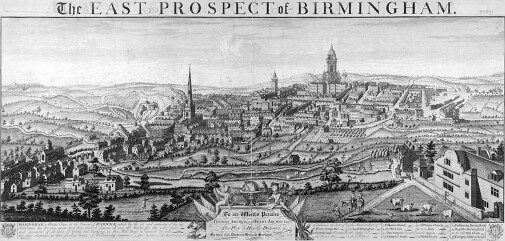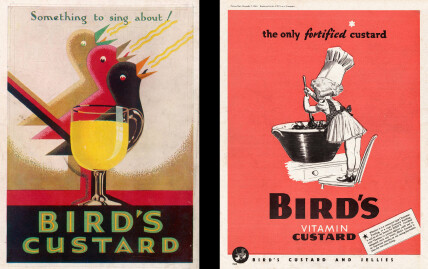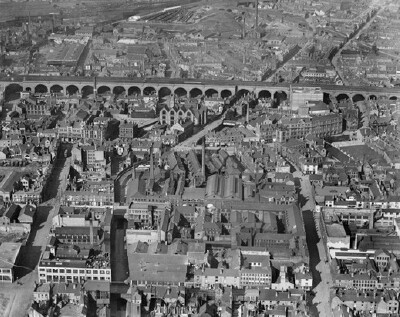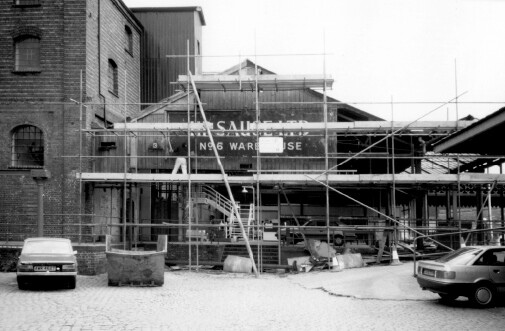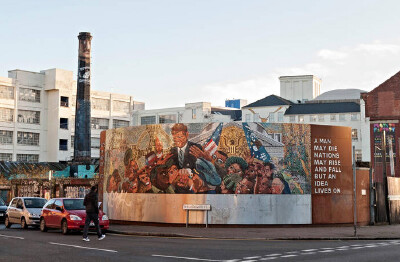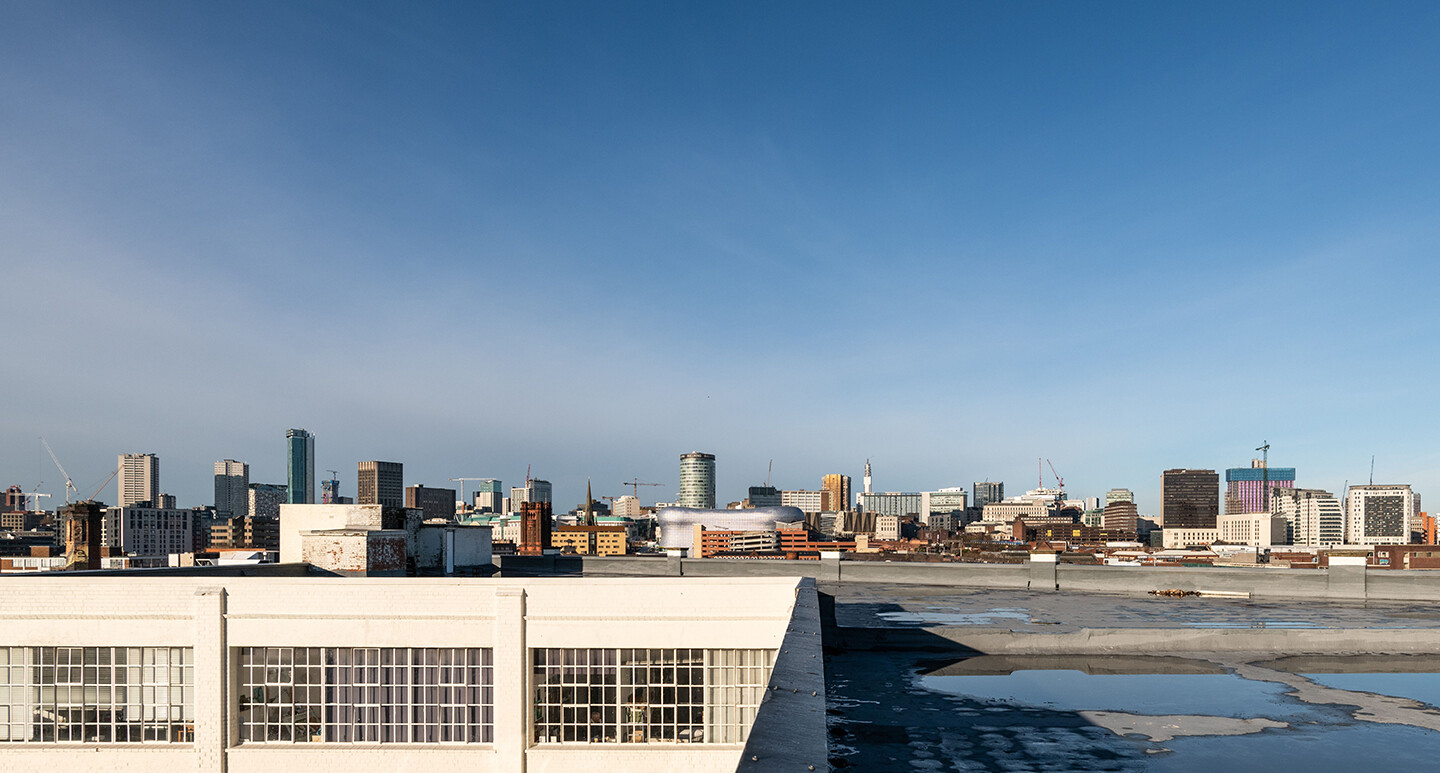History
The Industrial Revolution led to unprecedented innovation and production in Birmingham. Between 1760 and 1850, Birmingham registered nearly three times more patents than any other UK town or city. It was a focal point for change and Digbeth, a hotspot for manufacturing since the Middle Ages, was its engine.
Key Digbeth milestones
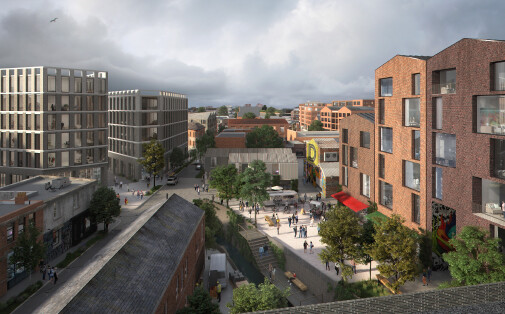
2018: A vision for Digbeth
Oval, Gooch, Stoford Land, Homes England work together to develop vision for Digbeth.

2019: Create Central
Create Central established to super charge the screen cector in the heart of the UK.
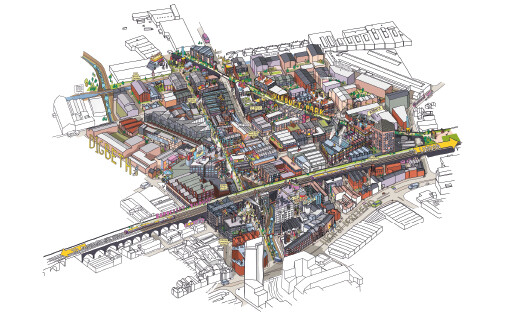
2020: The masterplan is formed
Oval secure hybrid consent for Digbeth masterplan. Ongoing asset management improving the tenant make up and working with exisitng tenants to provide improved accomodation.
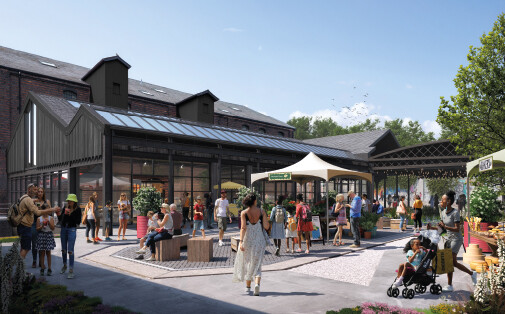
2021: GBSLEP provide funding for The Bond
GBSLEP provide funding support for a new creative content hub at The Bond.
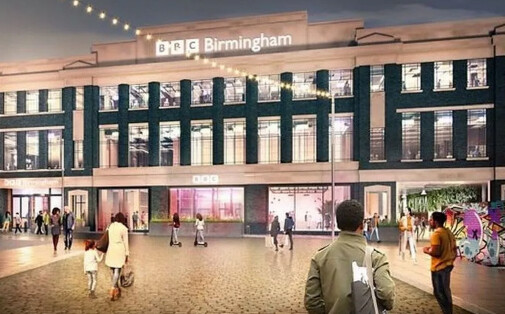
2022: Regeneration continues
Continue to target regeneration catalyst tenant — BBC?

